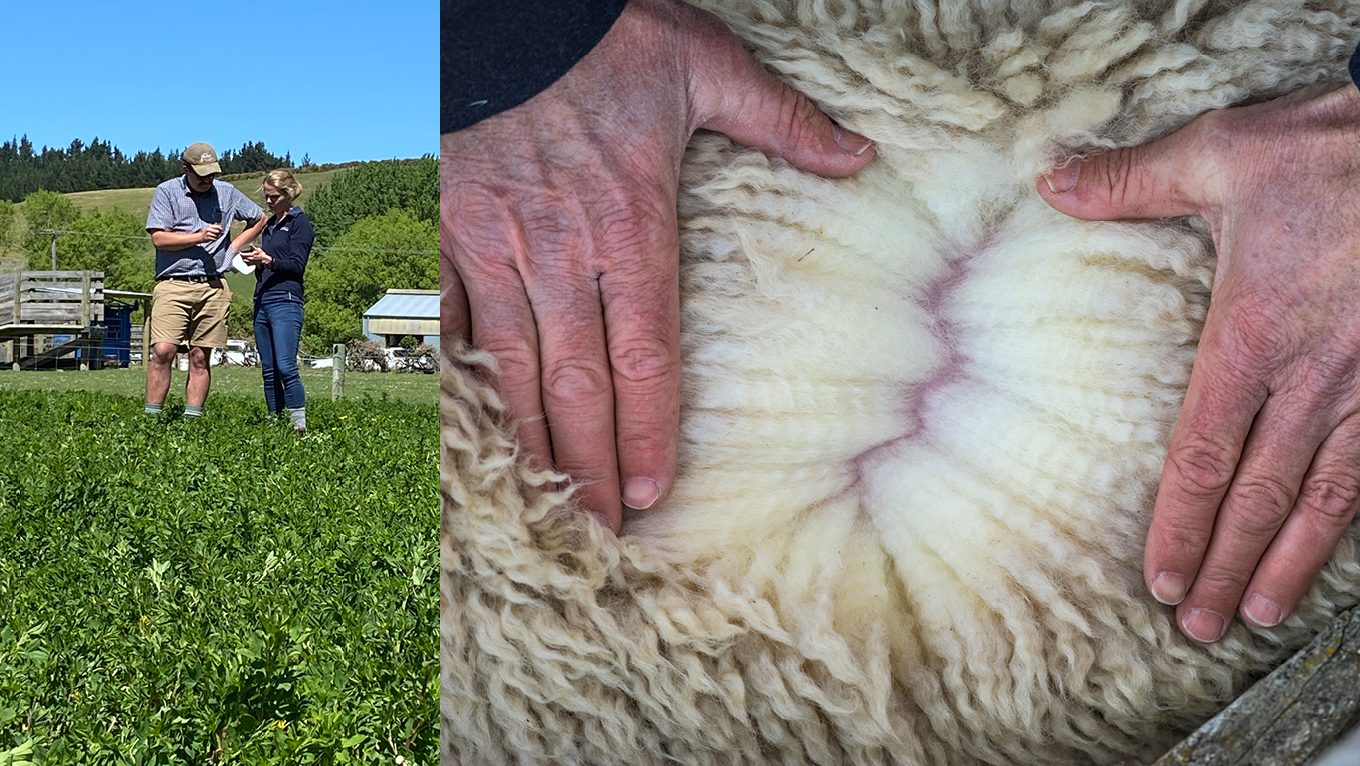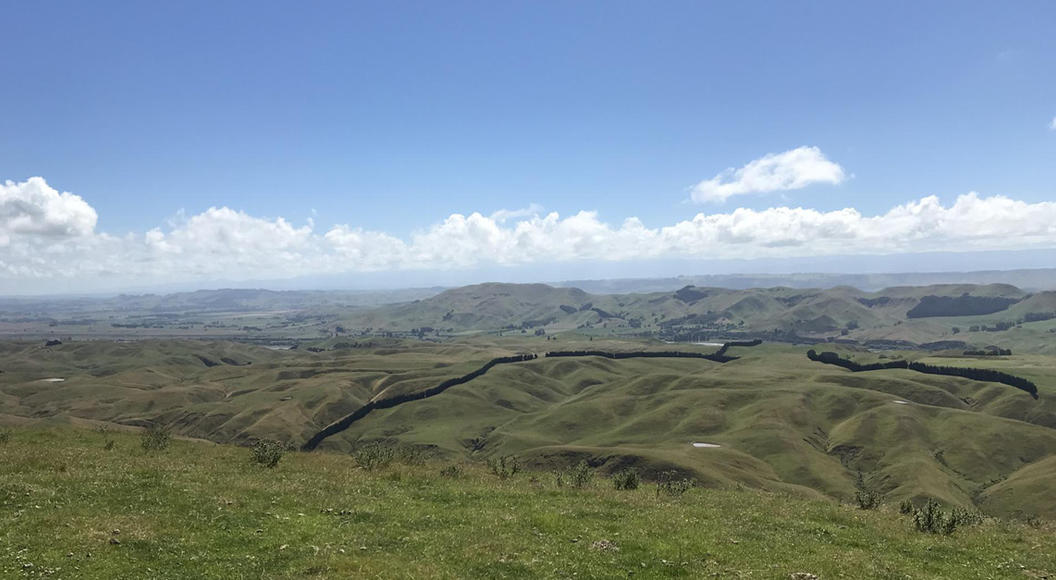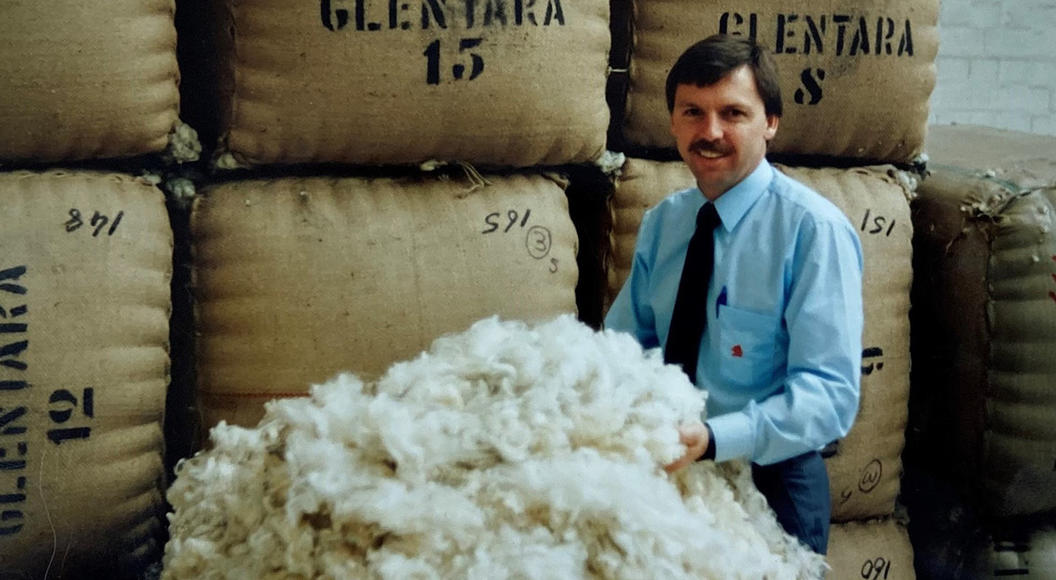
Wool News: How nutrition improves wool quality
By Laura Pattie, PGG Wrightson Veterinary Nutritionist BVSc (Dist)
Many factors affect wool growth, including nutrition, genetics, the environment, the season and animal health. Nutrition is one factor a woolgrower can manage to improve wool quality and production.
Wool is a complex protein compound called keratin, formed from nitrogenous materials consumed by sheep in their feed. Of the total feed and nutrients eaten by the animal, a certain portion is dedicated to maintenance, growth, activity, pregnancy, lactation, and wool production. In terms of the way in which sheep prioritise nutrients, wool growth is a low priority, and so the animal will sacrifice wool production early on if nutrients become in short supply.
Two main factors affect staple strength, these are minimum diameter of the fibre and rate of change in fibre diameter. Nutrition affects both these wool characteristics. Thinning of the growing fibre along part of its length causes a decrease in staple strength and this is known as tenderness. Poor nutrition inhibits wool growth and thins the fibre, while inconsistent feed levels will result in fluctuations in diameter and staple strength. This results in wool falling short of the specifications that garment manufacturers seek. Timing, content, balance of nutrients and consistency of feed intake therefore play a crucial role in producing strong quality wool.
There is often a concern among woolgrowers that feeding stock well will cause fleeces to increase in fibre diameter, commonly referred to as ‘micron blowout’. The opposite is true where if sheep are underfed their fleeces will be finer, known as ‘hunger fine’ wool. As well as negatively impacting animal welfare, growth, and reproduction, overall production will be lower with reduced fleece weights if sheep are underfed. A finer wool can be achieved through genetics and feeding ewes well during pregnancy and lactation. The lamb’s future wool production is affected by nutrition of the ewe during pregnancy and early lactation. Lambs born to underfed ewes may grow less wool with increased fibre diameter. While underfeeding reduces the fibre output from wool follicles resulting in finer, shorter wool, generous feeding levels support longer, stronger fibres and heavier fleece weights. Consistency of feeding and feeding to maintain good body condition will maximise fleece yield and quality in sheep and their offspring.
Seasonally, periods of surplus feed, such as in spring, will typically precede feed deficits over summer, leading to gradual or even acute fining of the wool fibre, and reduced staple strength. The balance of energy and protein in the diet is important, and in general it is the amount of one or the other that sets a practical limit to wool production. More critically, sudden changes in the amount or quality of feed can reduce staple strength and fleece yield. For animals going onto crop, such as clover, lucerne or forage brassicas, this is an abrupt change in nutrition. It takes three to four weeks for the animal to transition and adapt to the new feed. Having a plan in place to transition animals onto new feed helps to manage the risk of changes in fibre diameter and wool tenderness.
Any animal health event can create stress, resulting in wool tenderness or wool break: the stress hormone cortisol causes the wool follicle to reduce wool growth. Minerals, such as sulphur, cobalt, copper, iodine, selenium and zinc, play an important role in the quality of wool.
Alongside ensuring consistent levels of feed, ensure an animal health programme is in place for an effective drenching programme and trace mineral supplementation. Pasture and forages can be tested to measure trace mineral content and assess any requirement to supplement.
For more information contact your local PGG Wrightson Technical Field Representative.


